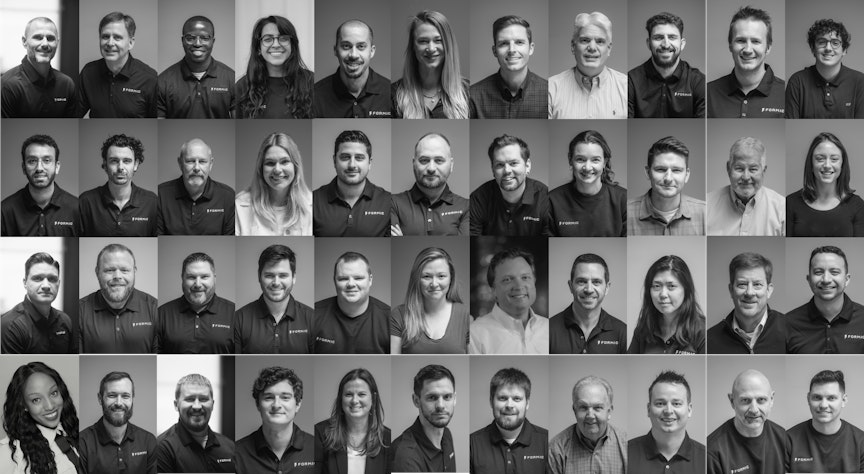Saman Farid, the CEO and Co-Founder of Formic shares his observations on the current state of U.S. manufacturing and the robotics industry.
In your own words, what is Formic to you?
Formic puts robots to work where they can make a difference - in factories that need reliable, cost effective, and capable throughput.
How did you come into the robotics industry? This idea?
I’ve been fascinated by robots since I was a kid, but after studying automation and learning about the breakthroughs in deep learning and computer vision, I realized robotics was about to change our world. I built Formic to accelerate that change.
What made you start Formic?
Seeing what technology was capable of on the one hand, and seeing how few places were putting it to use on the other. I realized there was a gap in making automation easy and accessible, and that’s how Formic was born.
What do you see happening in the industry right now and what do you hope to see in the future?
There is a lot of skepticism and resistance to change. Understandably, manufacturers need to be more conscious of their margins than ever, and are struggling to compete globally. I hope Formic becomes a tool that allows them to do more, to thrive rather than survive, and to build products that make our lives better.
What are the current shortfalls of U.S. manufacturing?
The labor shortage is desperate. Factories across the US are sitting idle for up to 70% of the time. Machinery can’t be run, and if it’s not running, it’s not producing, which also has the added downside of increasing the cost and overhead for the short amount of time that the factory is running. The vicious cycle of lower use leading to higher overhead, leading to higher prices, leading to even lower use, needs to be broken by fundamentally changing the cost equation for manufacturers. Robotics does that.
Where is U.S. manufacturing going?
US manufacturing is having a renaissance. With COVID-19 and the trade war, it was a strong reminder that the US needed to rebuild manufacturing capacity and its industrial base. It’s at a watershed moment, and must adapt to the new challenges it faces.
What is the most difficult challenge Formic faces in your opinion and how do you plan to overcome it?
As a new company, we need to earn the trust of our customers one day at a time. We intend to show them with action, how easy it is to deploy automation, how reliable we are, and how we put our money where our mouths are.
Where do you see Formic in 2 years and in 10 years?
In 2 years, Formic will have demonstrated our model to hundreds of manufacturers and will have illuminated the path for the manufacturing industry to move forward. In 10 years, we will be operating and providing the world's largest robot workforce.
Any foundational goals you hope to see Formic accomplish?
I hope Formic can make it cheaper, faster and easier to deploy automation, and to constantly bring the newest available technologies to manufacturers.
Saman Farid, Chief Executive Officer
About Formic
Founded in September of 2020, Formic is a one-stop-shop for automation. The Chicago-based “Robotics-as-a-Service” company delivers customized robots at a low hourly rate with no money upfront and guaranteed uptime. Its full service includes everything from planning, deployment, to maintenance, all in an easy, no-risk fashion. For more information, visit http://www.formic.co


